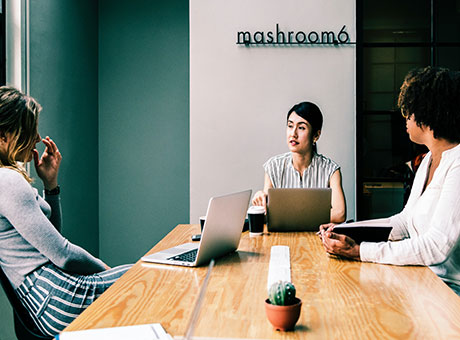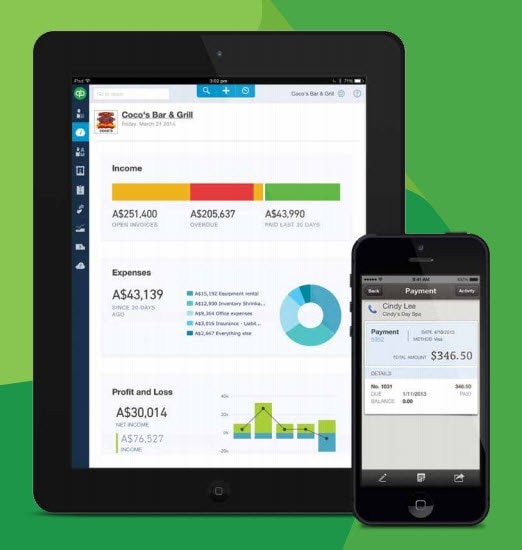Understanding purchase orders
At the most basic level, a purchase order is a legally binding document sent by a buyer to a seller requesting products or services. Often referred to as ‘PO’s’, purchase orders detail the items the buyer wishes to purchase and clearly states the price. POs also outline the delivery date and terms of payment that the buyer must adhere to.
Since their inception, digital systems that track purchase orders and order fulfillment have made the purchasing process more efficient and allow for better inventory and payment tracking. Many companies both large and small now use purchase orders to keep business flowing smoothly.






